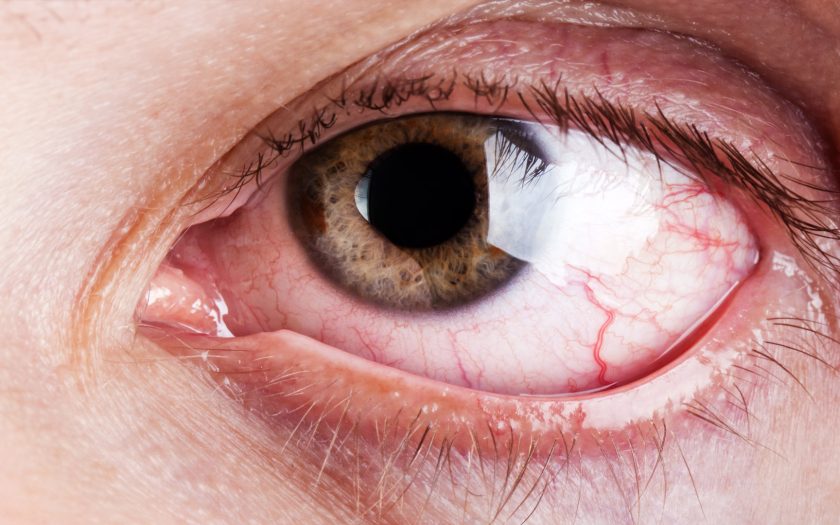This condition is often found among people whose work involves significant visual strain and prolonged focus. Previously, dry eye was more commonly observed in adults, particularly in women after menopause. However, in recent years, the condition has also been occurring in younger people due to the rapid development of computer technologies. Dry eye syndrome is often accompanied by unpleasant sensations, deteriorates vision and can lead to other serious complications.
Treatment of this syndrome is aimed at eliminating the causes of dryness, improving the quality of the tear film and preventing dangerous complications. Everyone facing this problem is advised to avoid prolonged visual stress and to eliminate exposure to aggressive external factors such as dust, hot and dry air, smoke, etc. Additionally, women are advised not to apply makeup during periods of dry eyes, and it is also important to wash hands more frequently to prevent bacteria from getting into the eyes.
To alleviate unpleasant symptoms, it is also recommended maintaining a proper diet. Your diet should include food rich in vitamins A, B2, C, E and D, as well as calcium, zinc, selenium, potassium and Omega-3. It is important to drink enough fluids throughout the day and to reduce the consumption of salty, fried, smoked and spicy foods, as well as processed meats and butter.
To restore the tear film, medications that increase tear production (such as Cyclomune) and other types of drops to reduce unpleasant symptoms (such as C-NAC) may also be used. In mild cases, low-viscosity eye drops are used, while in more severe cases, medium- and high-viscosity drops are employed. Patients with degenerative corneal disorders are recommended metabolic medications. It is also normal for the situation to arise where an effective remedy is not chosen on the first attempt. It may take 2-3 different medications to determine and select the one that is appropriated for a specific patient. Therefore, self-prescribing eye drops is not recommended, as it can take much more time and resources. When they are used for a long time, it is important to choose drops that do not contain preservatives.
In some cases, surgical intervention may be required to treat dry eye syndrome. The goal of surgery is to increase tear fluid flow, limit evaporation and outflow of tears and address complications such as ulcers and perforations. Various techniques for achieving tear duct closure may include:
- laser coagulation;
- diathermocoagulation;
- plastic surgery of tear points with skin and conjunctiva;
- surgical suturing.
To maintain good vision, eat a balanced diet, monitor your weight, quit harmful habits and go for regular walks. It is also important to remember to do eye exercises during breaks from work. Additionally, visit a specialist regularly to detect any conditions early and start appropriate treatment.

